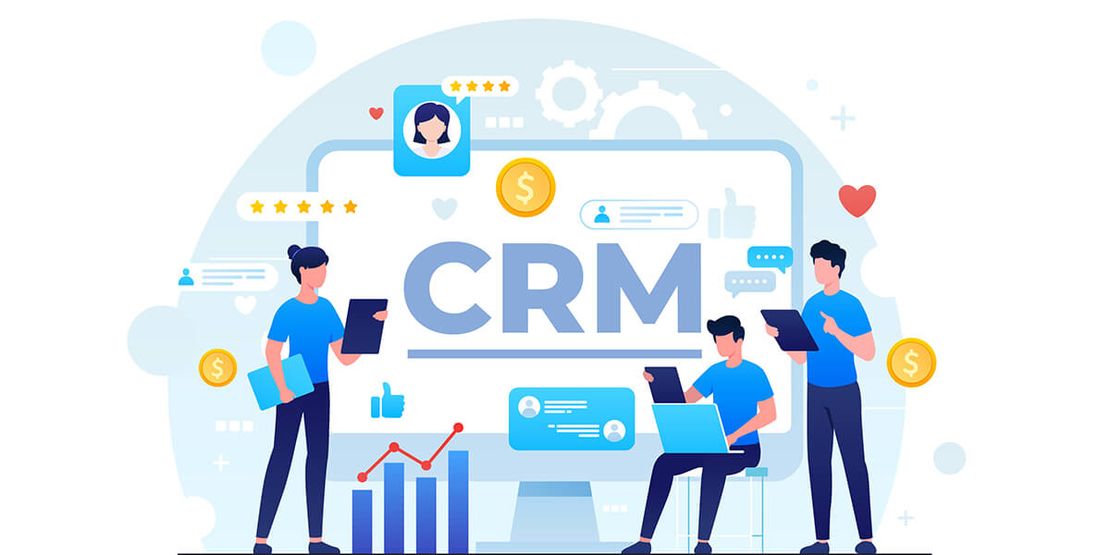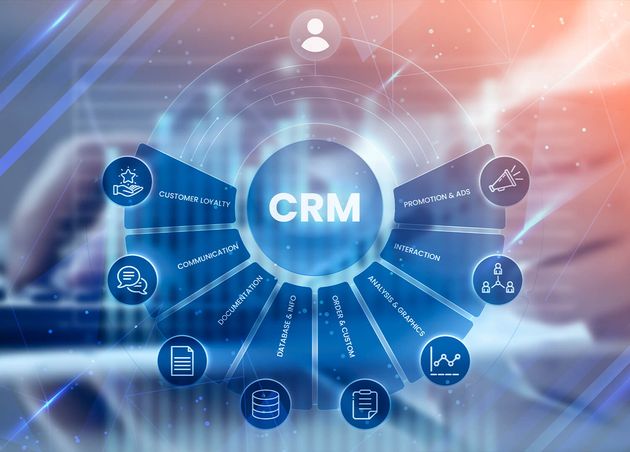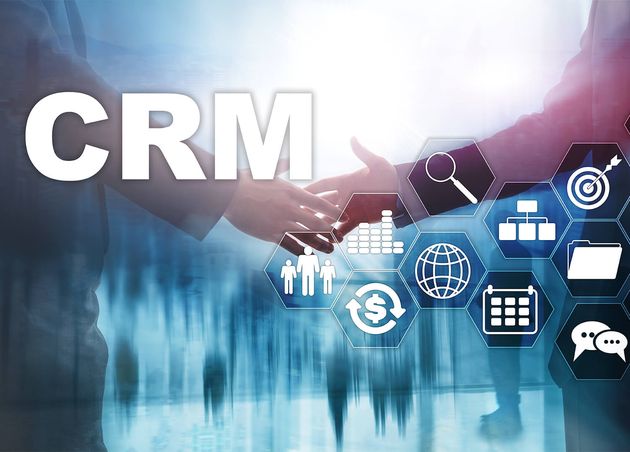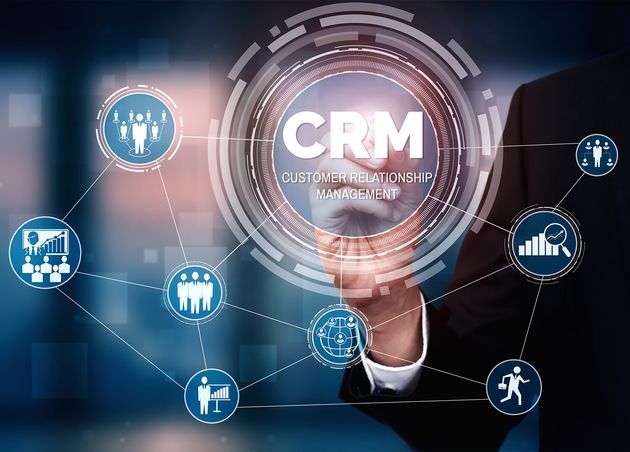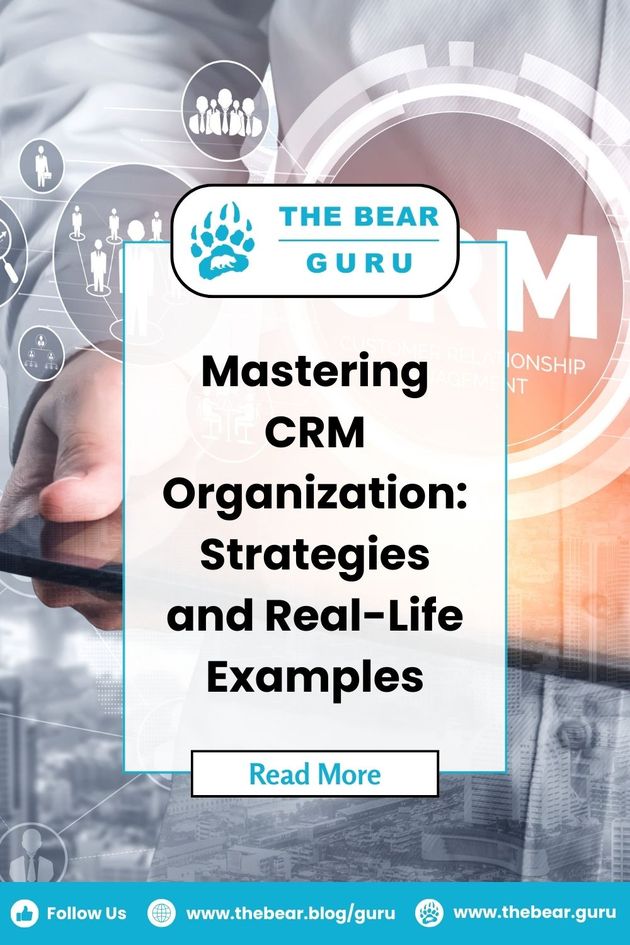Mastering CRM Organization: Strategies and Real-Life Examples
Companies have begun a paradigm shift from transactions to relationships in this modern world. It is the beginning of a new era where businesses and startup companies will certainly have more options to leave customers satisfied with their offerings. Customer Relationship Management (CRM) is central to the pursuit of achieving and maintaining customer loyalty.
Reliable and effective CRM solutions will continue to help businesses to achieve more profit. Companies can prioritize customer service, customer satisfaction, and customer experience through formidable customer relationship management. Ultimately, CRM pushes companies to prioritize customer satisfaction.
🏆 Business Trivia
About 91% of companies with a minimum of 10 employees employ CRM systems.
What is a Customer Relationship Management (CRM)?
A Customer Relationship Management (CRM) system covers all aspects of monitoring and growing a company's client relationship. In the past, this only involved maintaining a simple customer database; it now requires coordination to manage customer support, interactions, sales, marketing, and other organizational processes.
Knowing how these systems work can help a company organize customer data processes. Furthermore, a CRM system refers to applications that organize, store, and manage customer information, services, and interactions. Organizations use it primarily to receive and analyze customer data. This can help them comprehend their current and potential customers' needs and want and support their marketing and sales departments.
Examples of CRM functions include payment processing, customer account management, refunds, and returns. CRM systems now automate the traditional process of manual documents. Within seconds, CRM can help a company retrieve the contact information of any customer from a record of thousands of customers. In the past, professionals installed CRM software on personal computers.
Proven Benefits of Using a CRM System
A Customer Relationship Management (CRM) system offers the following benefits:
#1 Reporting and Analytics Capabilities
A Customer Relationship Management (CRM) system provides information about market trends and customer behavior. They can be used to create different reports to track the effectiveness of your campaigns.
#2 Access to Customer Data
Customer data can be easily retrieved in a Customer Relationship Management (CRM) system. Companies can use this information whenever it is needed. Most CRM systems work with this data across multiple devices and channels to provide up-to-date information to the user.
#3 Process Automation
The Customer Relationship Management (CRM) system improves coordination between different departments by streamlining processes, particularly those related to sales, marketing, and customer service.
#4 Customer Service
Customer Relationship Management (CRM) software will aid in allowing you to handle investigations and customer complaints effectively. A unique number is assigned to each series of interactions by an in-built ticketing system. This also allows combining duplicate queries from different channels for the same customer.
#5 Product Development
Your customers' wants and needs are better understood with a Customer Relationship Management (CRM) system. This helps adapt an existing product to market conditions or develop a new product.
#6 Customer Retention Control
A Customer Relationship Management (CRM) system helps identify dissatisfied customers promptly, thus enabling the company to take corrective action and effectively resolve the issue. For instance, if customers are experiencing technical challenges, CRM can be used to detect the issue and contact the relevant department to resolve the issue.
#7 Cross-selling Opportunities
It is easier to cross-sell other products to your customers since a Customer Relationship Management (CRM) system saves customers' purchase history and other relevant data. You can, for example, sell accessories to customers who purchase a car from you.
How to Organize a Successful Customer Relationship Management (CRM) System?
#1 Define Your CRM Objectives
The first and most important factor in organizing a Customer Relationship Management (CRM) system is clearly stating the goals of a CRM. A clear vision with KPIs is needed to give direction and ensure the company’s activities are profitable and aligned. Employees need to be trained on SMART goals to ensure the goals are effective:
- Specific – name the specific criteria to be used
- Measurable - explain how the criteria will be measured
- Actionable - with available resources, the objective can be implemented
- Realistic – the objective is achievable
- Time-bound – the objective has a timeline or deadline
Adhering to this system will ensure that all activities contribute sensibly to the mission. SMART goals are achievable and measurable and can help you identify gaps and obstacles in your current activities.
#2 Map Your Customer Journey
One of the early steps in marketing is understanding your audience, but in today's economy, you need to do more by mapping the customer journey with your goals. These maps are about viewing the customer journey from the customer's perspective and observing the strengths and weaknesses. This offers a real-time view of the customer’s experience and allows you to adjust it according to customer expectations and KPIs.
#3 Analyze Your Sales Procedure
Having gone through the customer journey, you and your team will now better understand your sales process from the customer's perspective. Now, you can use what you've learned to adjust your marketing plan and reconcile it with your objectives.
#4 Identify Customer Touch Points
Decide which customers interact with each touch point the most by using the data from the journey map. Knowledge of their chosen method of interaction is vital so you can meet buyers at their exact location. It is imperative to observe who they interact with and how it can affect behaviors in the future.
#5 Consider What Data will be Collected
It is not realistic, even though using all available information is tempting. A Customer Relationship Management (CRM) can save a lot of overwhelming data. Use the KPIs of your organization here to enable you to focus on what is vital to your growth and operations. Refer to the customer journey map to decide what information will suit your CRM system. Use your KPIs and customer journey data to know the best data for your CRM system.
#6 Implement CRM Software
At this point, you are now ready to apply Customer Relationship Management (CRM) software for collecting, managing, and analyzing the data of customers. The previous step provided a roadmap so you know how to use technology, collect customer data, access it, and share it.
#7 Join and Train Your Teams
You won’t benefit from the best CRM software without fully training your teams. There are lots of functions embedded in CRMs to help you achieve your objectives. Hence, you should provide your staff with as much support and training as possible to get the most out of them.
🏆 Business Fact!
Customer Relationship Management (CRM) is among the top for establishing personalized customer interactions to drive loyalty and a higher return on investment (ROI).
What are Some Real-Life Examples of CRM?
Customer Relationship Management (CRM) makes it more natural and easier for companies to improve their relationships with potential and existing customers. Customer loyalty and retention are linked to growth in the profitable business field.
Companies also use CRM for strategic management, enabling them to understand their relationships and interactions with customers better.
How Tesco uses CRM
Like other retailers, Tesco retains its loyal customers by using a reward system. After spending a certain amount, customers are credited with earning one point. Something more is that these points can be exchanged for Tesco's Clubcard vouchers.
The company giant also partners with many hotels, restaurants, and gas stations to create opportunities for customers to earn more points. Tesco focuses on targeted marketing activities that follow CRM. This system enables Tesco to ensure that their discounts and products suit all customers.
How Starbucks uses CRM
Brands like Starbucks use social CRM software to connect with potential clients via social media platforms like Facebook, Twitter, and LinkedIn. They use CRM to integrate social media for better product marketing and provide more customer satisfaction.
How Amazon uses CRM
Amazon has successfully established a strong e-commerce presence in online shopping. Part of this success is credited to using an effective CRM system. In the e-commerce space, many do not know that Amazon has the best CRM tool.
It uses data about customer purchases and makes immediate changes to improve user experience on the platform. For example, Amazon tracks users' browsing history and purchase orders to improve advertising and email campaigns.
One of its defining characteristics is that Amazon allows users to create their own secured accounts and make purchases with one click. In retrospect, an effective CRM system allows Amazon to improve the shopping experience by tapping into customers' changing needs.
Important Considerations for Implementing CRM
It can be a complex and challenging process to implement a CRM system. Below are some important considerations for your reference:
User Support
Appropriate training is essential for effective and efficient Customer Relationship Management (CRM) operations. For instance, when experienced managers tutor their marketing team on the advantages of a CRM system, they could be more likely to enter all important customer information into the system. This can lead to better analysis and improved customer relationships.
Data Integration and Access
Professional users of CRM systems need to be able to have access to data collected by the system. It is imperative that the information entered into the system is integrated and can be used by all departments and users. This may seem like a challenge at first, but the results can be worth the effort once done.
Budget vs. the Requirements
A challenge many small businesses face is finding the budget to execute a system that meets the needs of their organization. This means that when choosing a CRM system for your company, the cost of implementation must be added to your budget. This will ensure that your CRM software suits your business and its unique needs.
In summary, the shift towards relationship-focused business practices underscores the importance of mastering Customer Relationship Management (CRM) strategies. By prioritizing customer satisfaction and experience, companies can drive profitability and foster long-term loyalty. Real-life examples from industry giants like Tesco, Starbucks, and Amazon highlight the effectiveness of CRM in enhancing marketing strategies and improving customer relationships.
However, successful CRM implementation requires careful planning, user support, and budget considerations. Ensuring seamless data integration and access across departments is important for maximizing the proven benefits of CRM systems. By embracing CRM as a strategic tool, businesses can find unique ways to navigate the complexities of the modern market landscape and cultivate meaningful connections with their customers, driving sustainable growth and success.
Business Bear
Hi! I'm Business Bear, leveraging extensive commerce experience to share insights on business strategies, startups, and sustainability. Offering practical advice, I guide aspiring entrepreneurs on initiating and maintaining successful ventures while providing tips on promoting businesses and realizing dreams.
More From The Bear Guru
Feng Shui and Kua Numbers: A Complete Guide to Enhance Your Life
Virginia Summers (Influencer Bear)


